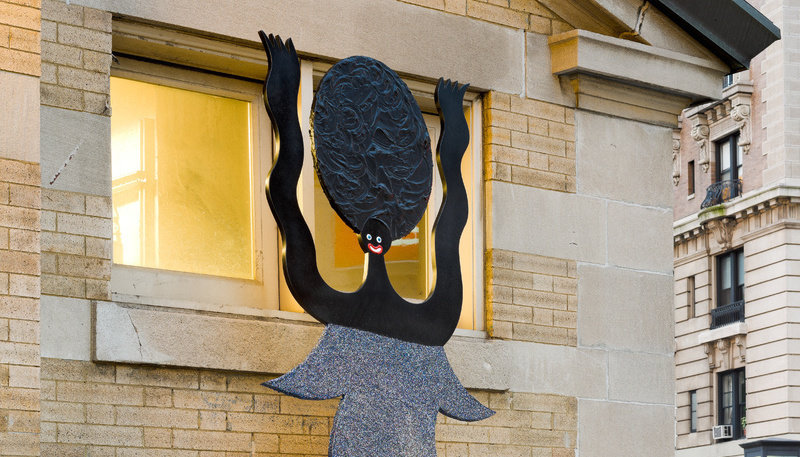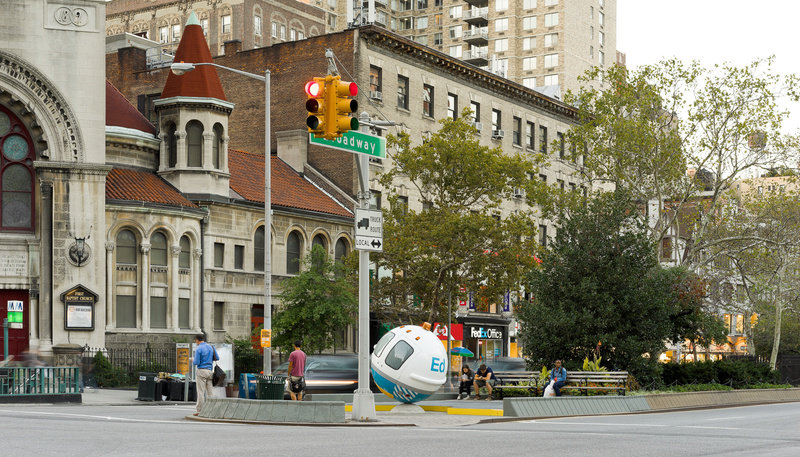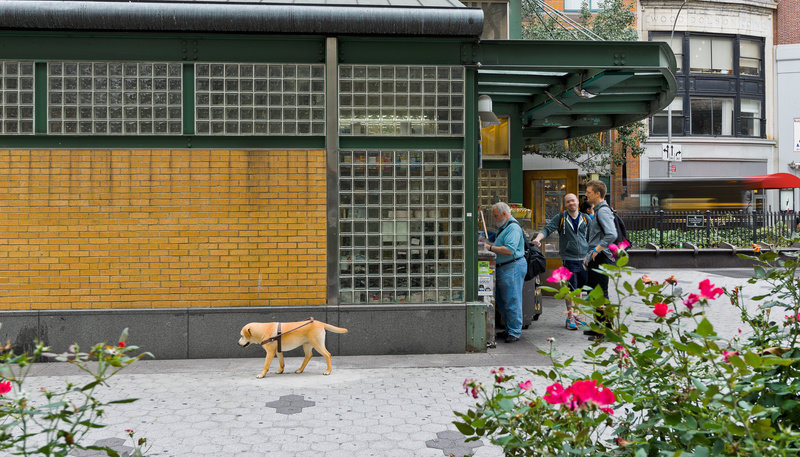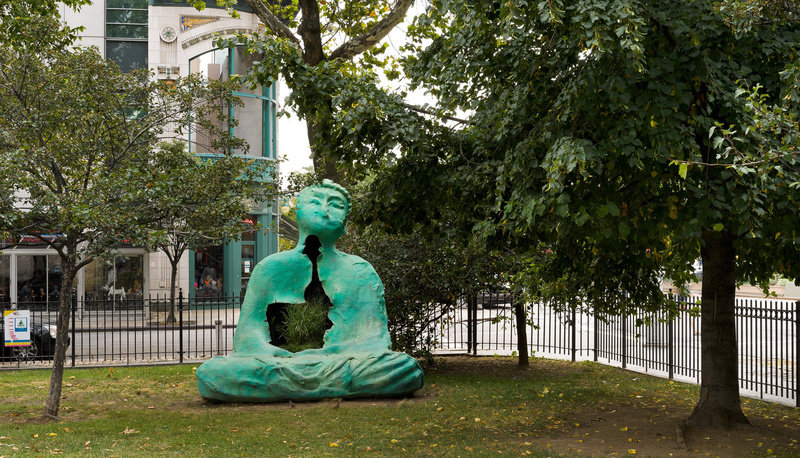Broadway Morey Boogie borrows its title from Dutch painter Piet Mondrian’s 1942-43 masterpiece Broadway Boogie Woogie. The painting, which today is one of the Museum of Modern Art’s most popular artworks, once mobilized the avant-garde ideals of abstraction in a brash ode to the dynamism and vitality of New York City street life. This exhibition aims to do the same by populating the backbone of Manhattan--surfing down Broadway from 166th Street to Columbus Circle--with a group exhibition of outdoor sculpture by contemporary American artists. The first of its kind on ten highly-varied neighborhood sites, this show spans a variety of mediums and methods employed by artists both emerging and established. The works were selected in an attempt to engage audiences at street level with accessible, thought-provoking artworks of modest to monumental scale. Broadway Morey Boogie is curated by Marlborough and produced in collaboration with the Broadway Mall Association and The New York City Parks Department. The exhibition will be on view from September 2014 to February 2015.
Below is a description of each site and the participating artists:
Columbus Circle:
Joanna Malinowska (b. 1972)
Chronicle of the latter world, 2014
Polish-born New Yorker Joanna Malinowska’s practice focuses on her fascination with the rural American roadside, the American frontier and its references within the work of Modernist artists. Her new giant concrete bear sculpture is modeled on the roadside monuments of the Yukon. A palette and scale that are unique to the American West will provide a stark contrast to the bustling surroundings of New York City, as well as to the monument to Christopher Columbus.
Broadway and 64th Street:
Sarah Braman (b. 1970)
Another Time Machine, 2014
From Amherst, Massachusetts, Braman is known for her structures that breathe new energy into humble materials and for a humanizing approach to Minimalism. Her newest works are her first outdoor sculptures and the subject of her recent solo exhibition at the Institute of Contemporary Art, Boston. These sculptures distill her interest in natural cycles and passage from winter to spring, stillness to motion, and life to death, specifically by capturing shifting light. For Broadway Morey Boogie, she has designed a dynamic structure of colored glass that will respond directly to its surroundings. The sculpture stands approximately 8 feet high, a monument of color that will illuminate the northern tip of Dante Park.
Broadway and 72nd Street:
Devin Troy Strother (b. 1986)
Rae’Shawna & Dee’Shawna (with that John McCracken Lean), 2014
Based in New York and Los Angeles, Devin Troy Strother makes figurative sculptures that both critique and explore the power of caricature. Cut from painted aluminum, they retain the artifice of a stage flat or silhouette. The leaning installation is a reference to the late John McCracken’s famous colored plank sculptures, but these sparkling, shimmying figures are decidedly maximalist in their exuberance and energy.
Broadway and 73rd Street:
Tony Matelli (b. 1971)
Stray Dog, 2000
Stray Dog is a prime example of the potent power of Tony Matelli’s exquisite craftsmanship and dark humor. Hyper-realistically rendered in painted cast bronze, this lost soul wanders adrift from her owner (whom we worry about even more in their absence), an apt existential metaphor for the human condition.
Broadway and 79th Street:
Lars Fisk (b. 1970)
Con Ed Ball, 2014
New York-based artist Lars Fisk is a true populist sculptor. His signature hand-built spheres are known for their unique craftsmanship and remarkable imagination. Fisk’s Con Ed Ball is his most recent spherical sculpture and has been made specifically for this exhibition and site. The Con Ed logo, colors and truck have become a commonplace icon of the city streets and an emblem of New York City infrastructure. Fisk celebrates this notion and provides an uncanny displacement through a meticulous recreation of the everyday into a fantastical and perfected new form.
Broadway and 96th Street:
Paul Druecke (b. 1964)
96th Street Aperture, 2014
Paul Druecke, a Milwaukee artist and recent participant in the Whitney Biennial, presents one of his memorializing plaques secured to the structure that usually houses the West Side Coalition for the Arts. Druecke’s works take the exact form of standardized historic plaques, but instead of alluding to the specific merit of the architectural site at hand, these works focus on people and places that might otherwise be forgotten. This gesture attests to the communal desire to leave traces of individual lives that make up the city’s ever-shifting fabric.
Broadway and 117th Street:
Davina Semo (b. 1981)
EVERYTHING IS PERMITTED, 2014
Davina Semo’s sculpture straddles the line between object and architecture. Semo’s concrete sculptures, through their texture and grittiness, are able to function both as beautiful abstractions and physical barriers or blocks. This work is loosely inspired by a Kafkaesque and somewhat sinister building that references usefulness, but in fact has a much more ambivalent relationship to the public. There is no way to get inside. The steel plates, which appear to a viewer as doors, are recessed into the concrete walls, have no handles or mechanisms to open, and are actually elaborately engineered to hold the structure together from the inside. Semo’s intention is to create an object that has its own psychological aura. This mysterious form catches a viewer’s curiosity while complicating their ability to fully comprehend it. In this psychological space, the sculpture opens up to the viewer on its own terms of weight, texture, and suggestion.
Broadway and 137th Street:
Dan Colen (b. 1979)
Jazz and Leisure, 2014: Big Chief, 2014; Baby Sweets, 2014; Tricky Sam, 2014; Green M&M (No. 9), 2014; Yellow M&M (No. 6), 2014; Orange M&M (No. 7), 2014; Red M&M (No. 7), 2014; Blue M&M (No. 4), 2014; Brown M&M (No. 7), 2014
New York artist Dan Colen’s work celebrates the triumph of street culture. Colen uses lowly, often disposable, cast-off objects and transforms them into beautifully conceived and highly coveted works of art. Colen’s smiling, skateboard ramp benches allude to both the typical street furniture of the city and the ability for commonplace objects to take on distinct new functions. Colen’s painted M&M candy boulders monumentalize a simple, nearly universal pleasure.
Broadway and 157th Street:
Drew Heitzler (b. 1972)
Long Wharf Monument, 2014
Los Angeles-based artist Drew Heitzler’s La Brea Palm Tree references both the ancient tar pit of an archeological site in Los Angeles and the natural landscape of L.A. The matte surface finish of the tree further alludes to California car culture, California Minimalism, and more broadly, the enduring mythology of the West Coast lifestyle.
Broadway and 166th Street:
Matt Johnson (b. 1978)
Hiroshima Buddha, 2011
Los Angeles-based artist Matt Johnson makes sculptures that investigate the intersection of nature and culture. Hiroshima Buddha replicates on a grand scale a devotional sculpture that survived an atomic blast. The work is a testament to the horrific potential of mankind and the resilience of art. This work was exhibited previously in Los Angeles at Blum & Poe gallery, and though designed to be shown outside, this sculpture has never before been exhibited in the public realm. The void in the stomach of the sculpture is planted with vegetation to further enhance its integration with the surroundings.
Works
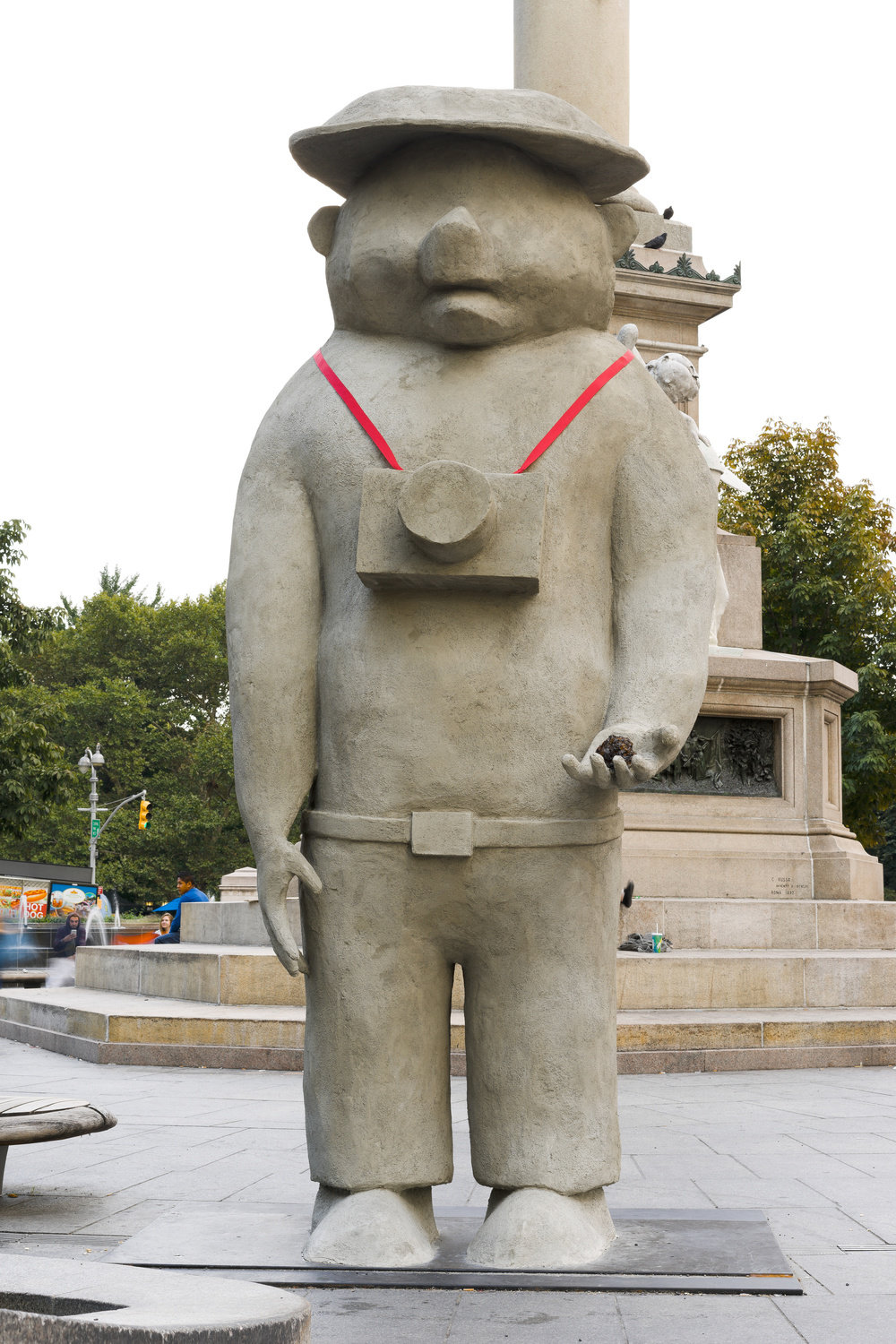
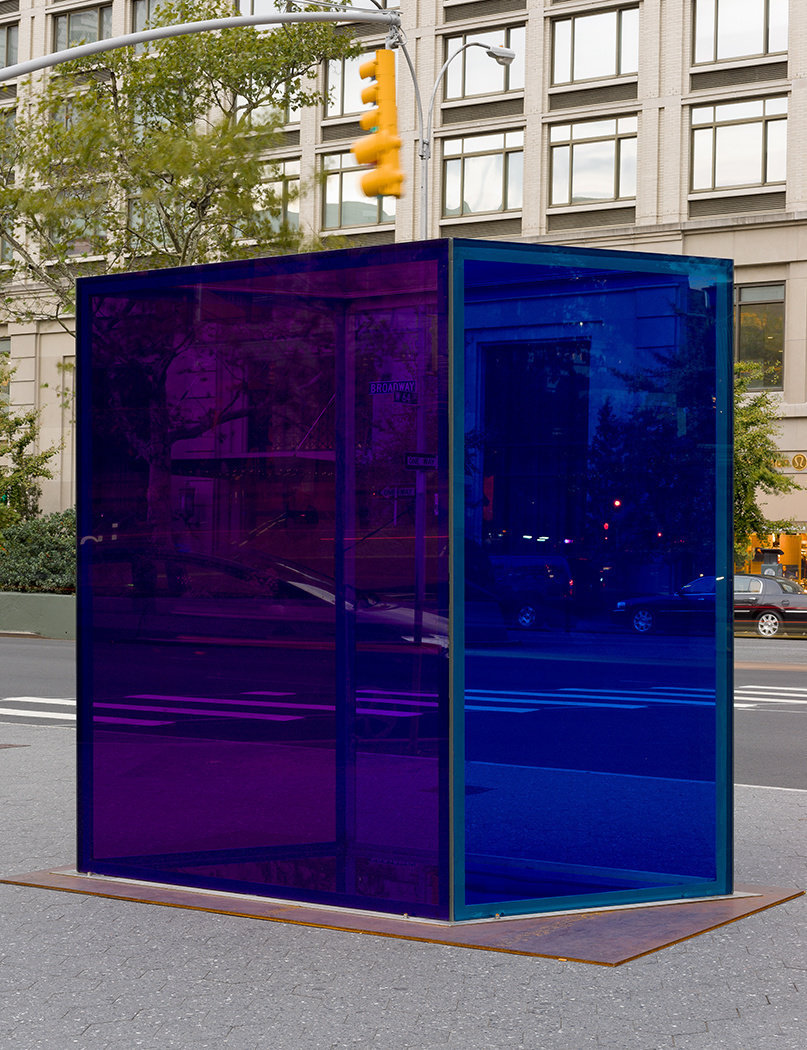
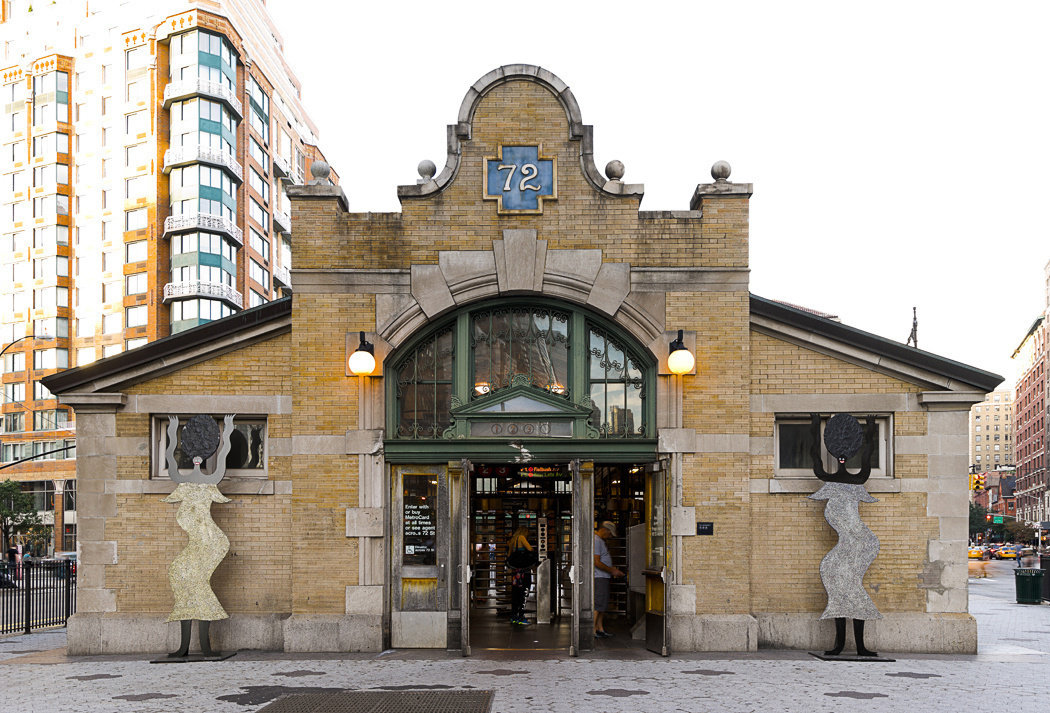
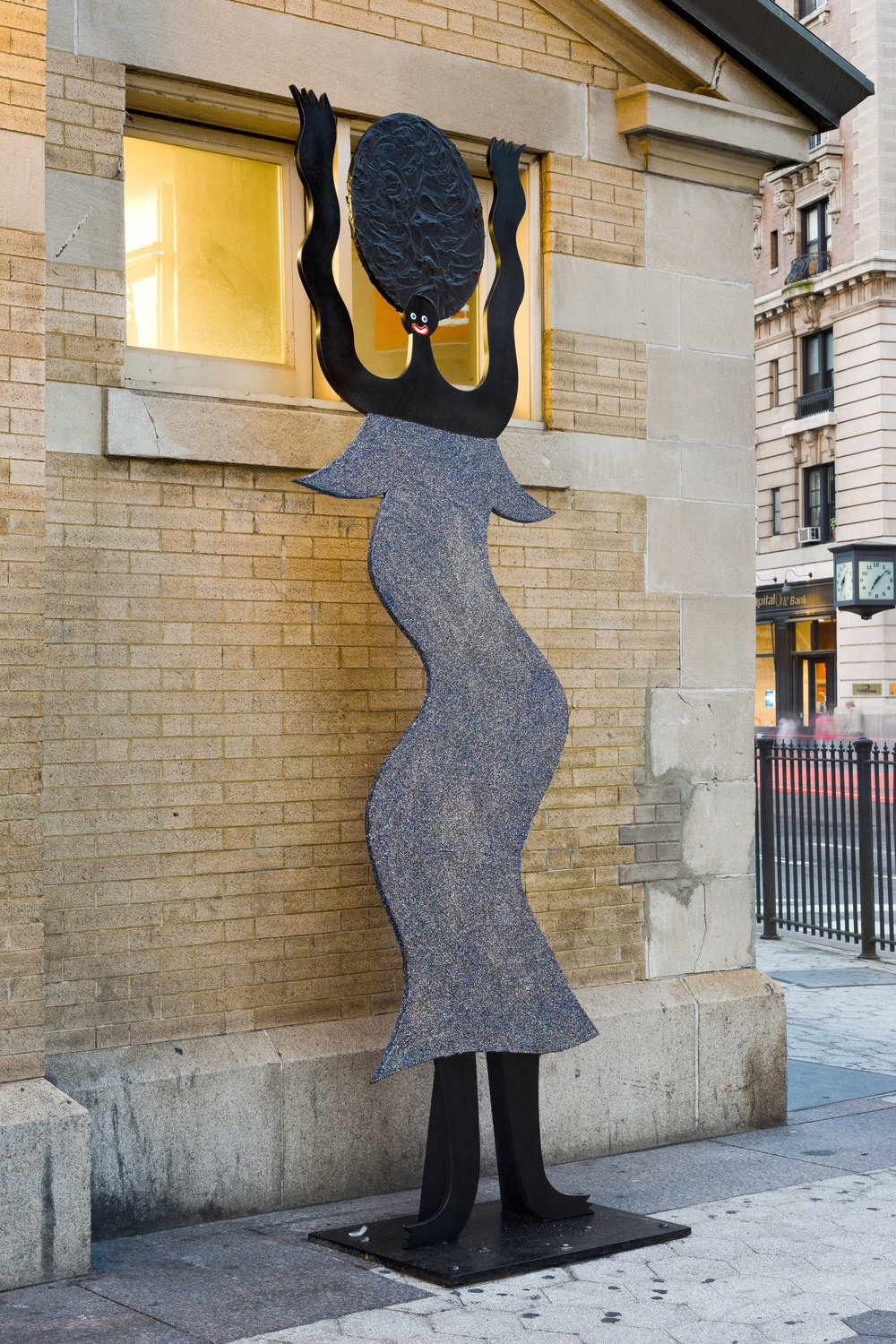
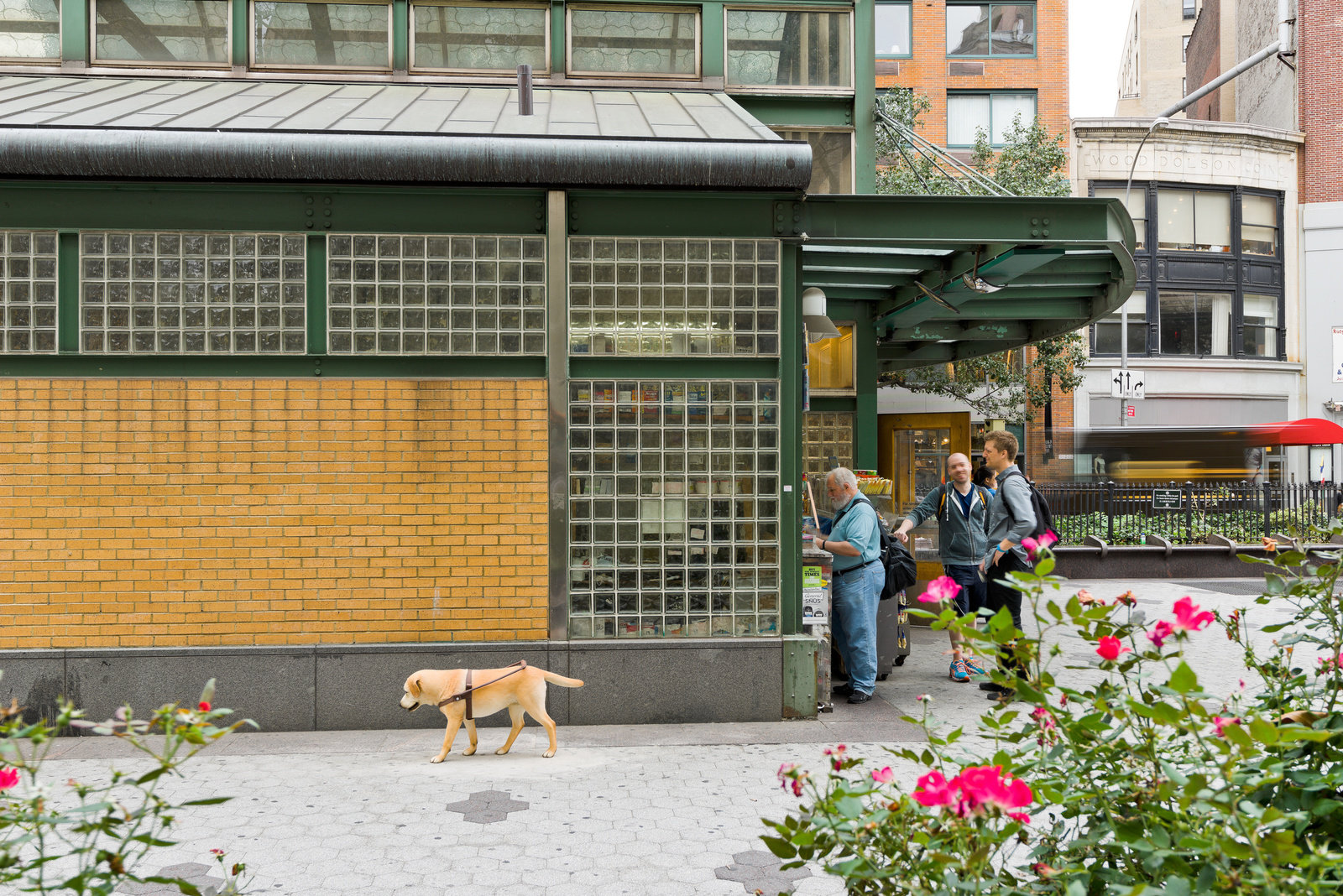

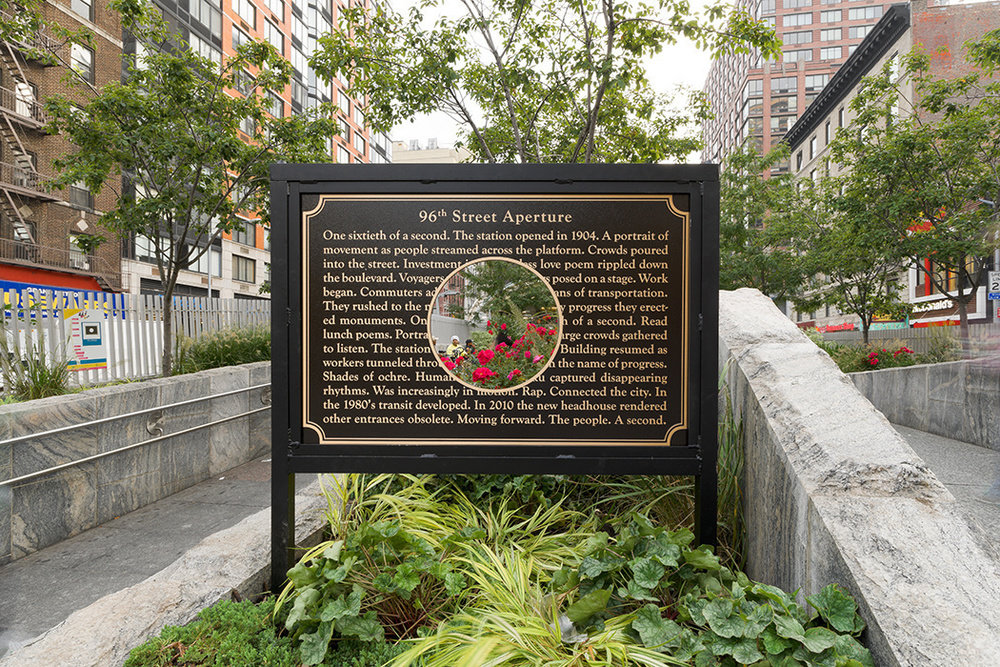
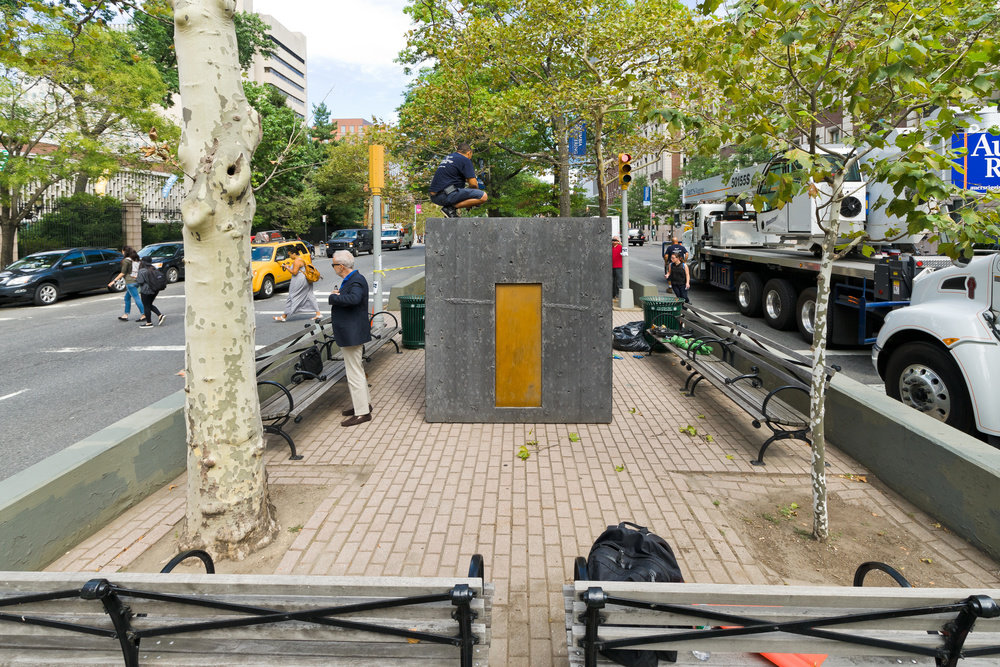
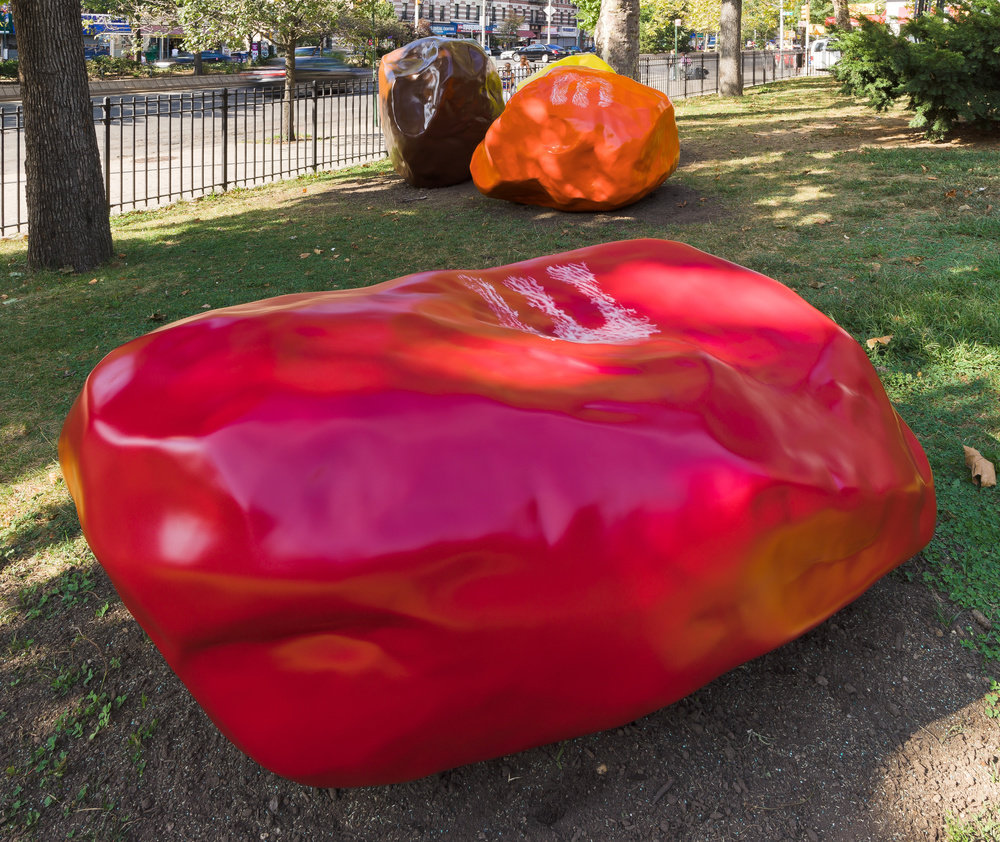
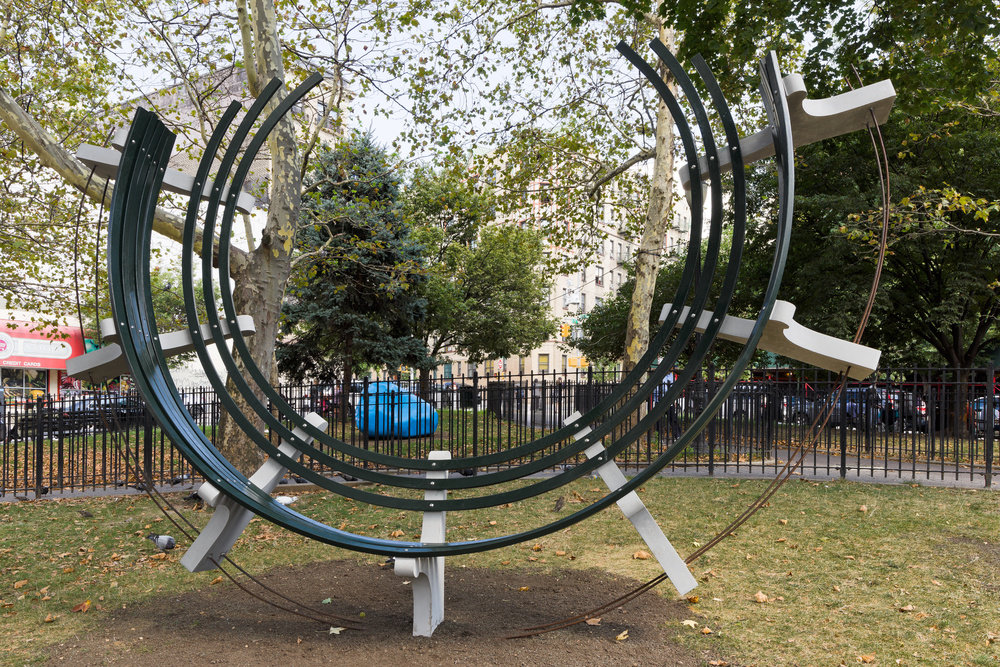
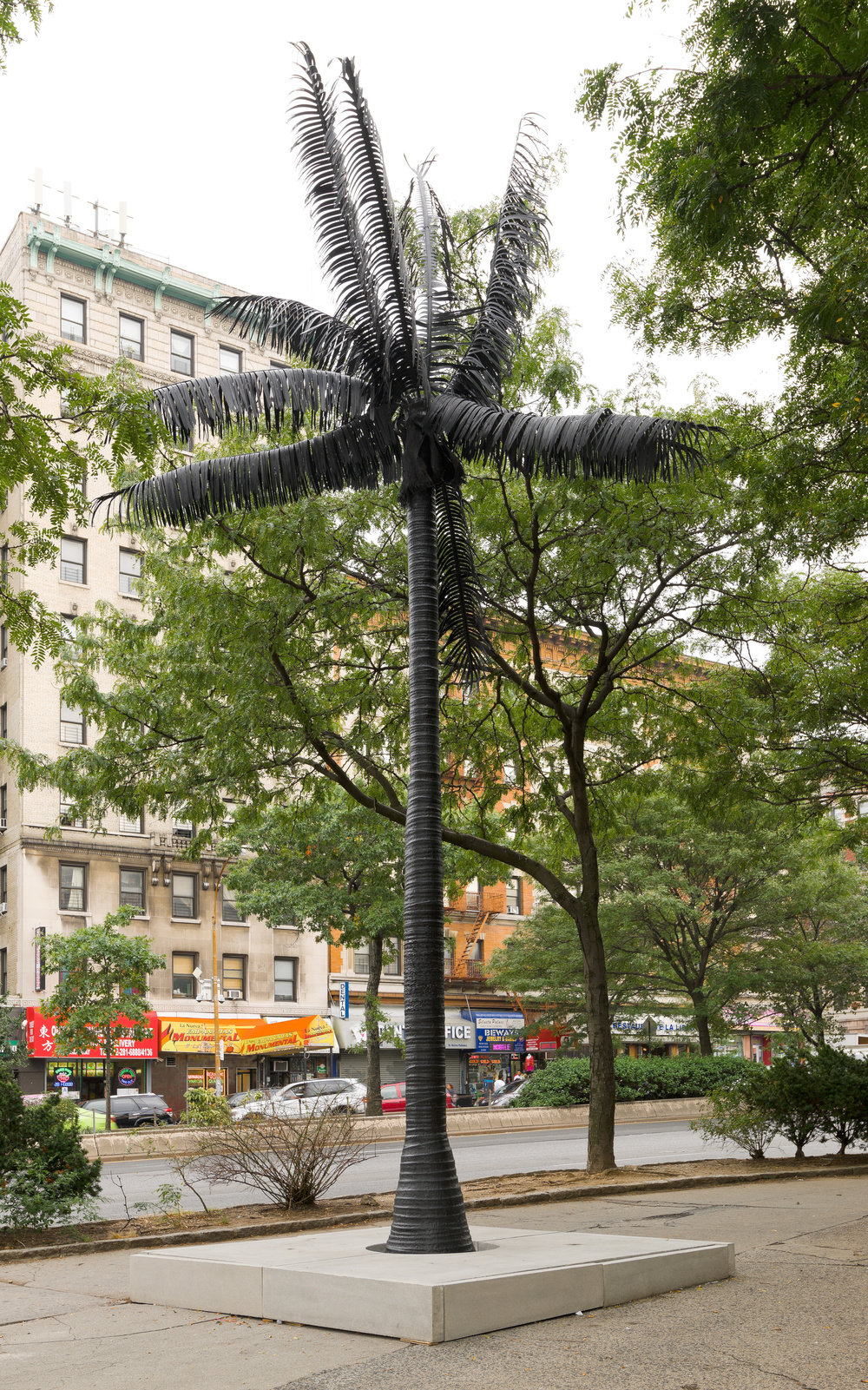
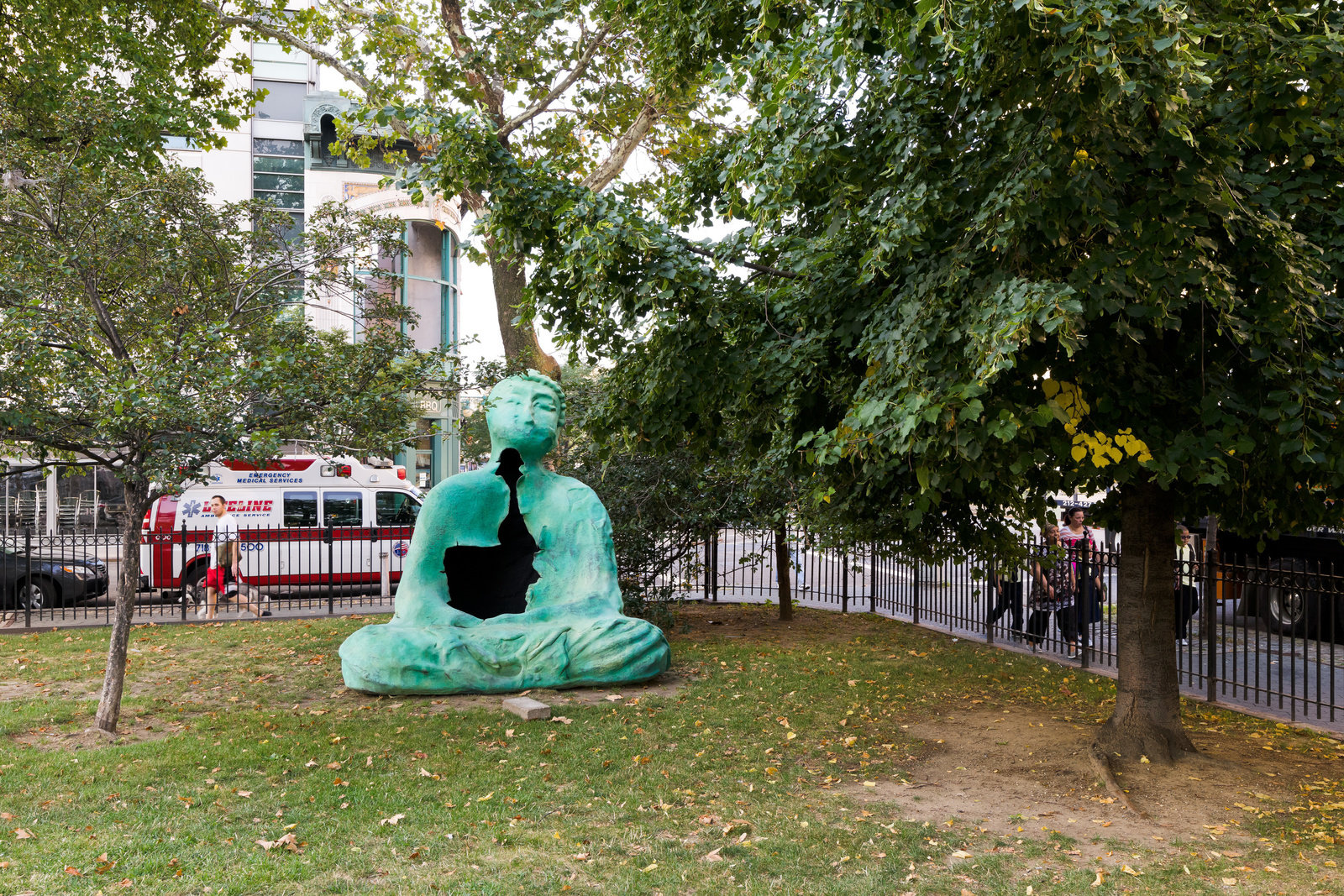
Press
